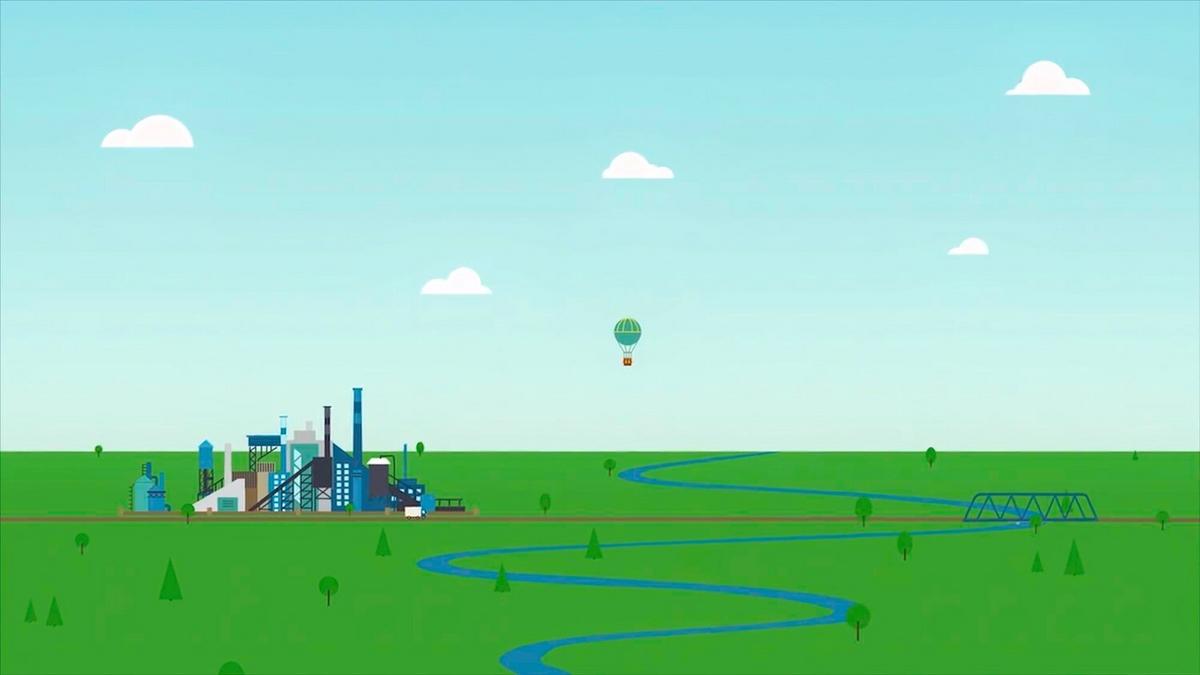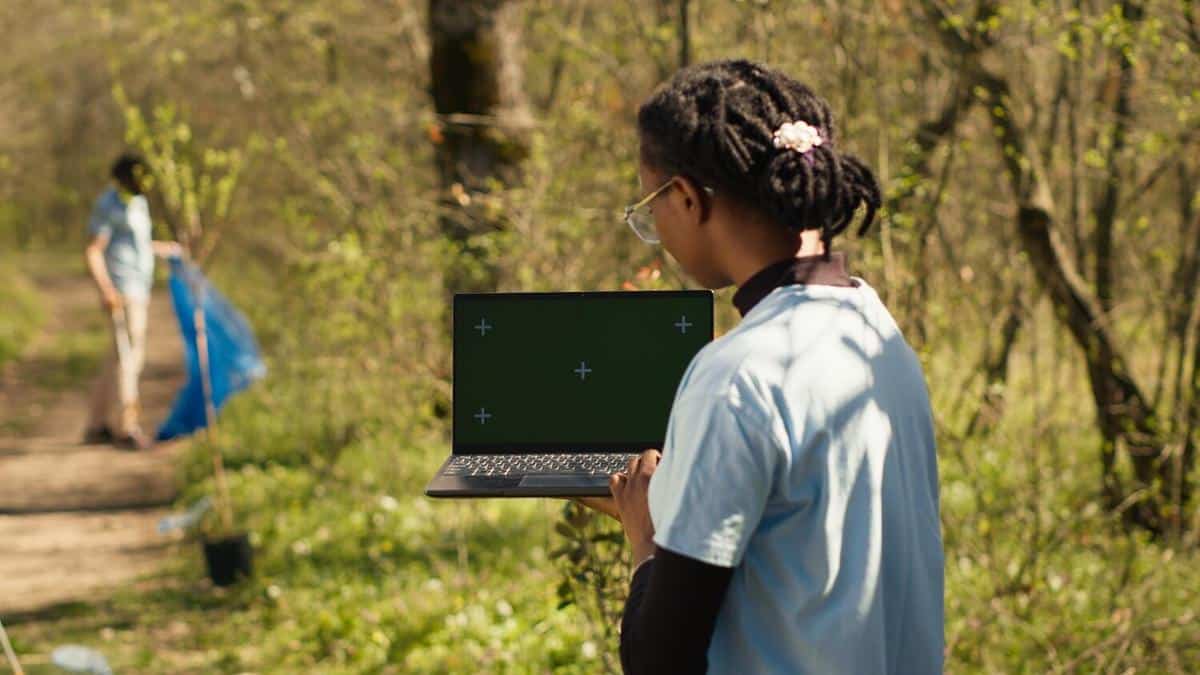
Geothermal Energy: An Untapped Resource?
As the world continues to search for sustainable energy solutions, geothermal energy stands out as a promising, yet underutilized, resource. This renewable energy source harnesses the Earth’s natural heat, offering a steady, reliable power supply with minimal environmental impact. But why does it remain largely untapped?
Geothermal energy is derived from the Earth’s internal heat, which can be accessed through natural hot springs or by drilling into the Earth’s crust. Unlike solar or wind energy, geothermal energy provides a continuous power supply, unaffected by weather conditions. According to the International Renewable Energy Agency (IREA), the global geothermal energy capacity stood at approximately 15.9 gigawatts in 2020, with significant potential for growth. Yet, it remains a small fraction of the world’s total energy production.
Expert Insights
Dr. Marcus Stewart, a leading geophysicist, argues that “geothermal energy is a crucial component of our future energy mix, offering a clean and consistent power source.” However, he notes the challenges in tapping into this resource, such as high initial costs and the need for specialized technology.
Statistics and Research
A report by the Geothermal Energy Association highlights that the United States leads geothermal production globally, yet it exploits only a small fraction of its potential. The report suggests that with current technology, geothermal could provide up to 10% of the U.S. electricity demand.
Real-World Examples
In Iceland, geothermal energy meets about 90% of the country’s heating needs, showcasing how effectively it can be integrated into a national energy strategy. This success story is a testament to the potential of geothermal energy when infrastructure and investment align.
How to Tap Into Geothermal Energy
- Explore local geothermal resources and assess feasibility.
- Invest in research and development to reduce initial costs.
- Encourage policy support and incentives for geothermal projects.
- Collaborate with experts and organizations experienced in geothermal technology.
Comparison with Other Renewable Sources
| Energy Source | Reliability | Environmental Impact | Initial Cost |
|---|---|---|---|
| Geothermal | High | Low | High |
| Solar | Variable | Low | Medium |
| Wind | Variable | Low | Medium |
| Hydroelectric | High | Low-Medium | High |
Consider small-scale geothermal installations, such as ground source heat pumps, for residential or community projects. These provide eco-friendly heating and cooling solutions.
FAQs
How does geothermal energy work?
Geothermal energy works by harnessing heat from beneath the Earth’s surface to generate electricity or provide direct heating.
Is geothermal energy sustainable?
Yes, geothermal energy is sustainable as it relies on the Earth’s natural heat, which is continuously replenished.
What are the main barriers to geothermal energy adoption?
High initial costs and the need for specialized technology are significant barriers.
In summary, geothermal energy presents a reliable and sustainable option in the renewable energy sector. While it requires substantial initial investment and technical expertise, the long-term benefits are undeniable. By exploring local resources, investing in technology, and fostering supportive policies, we can unlock the full potential of this remarkable energy source. For more insights on renewable energy innovations, visit IRENA.


